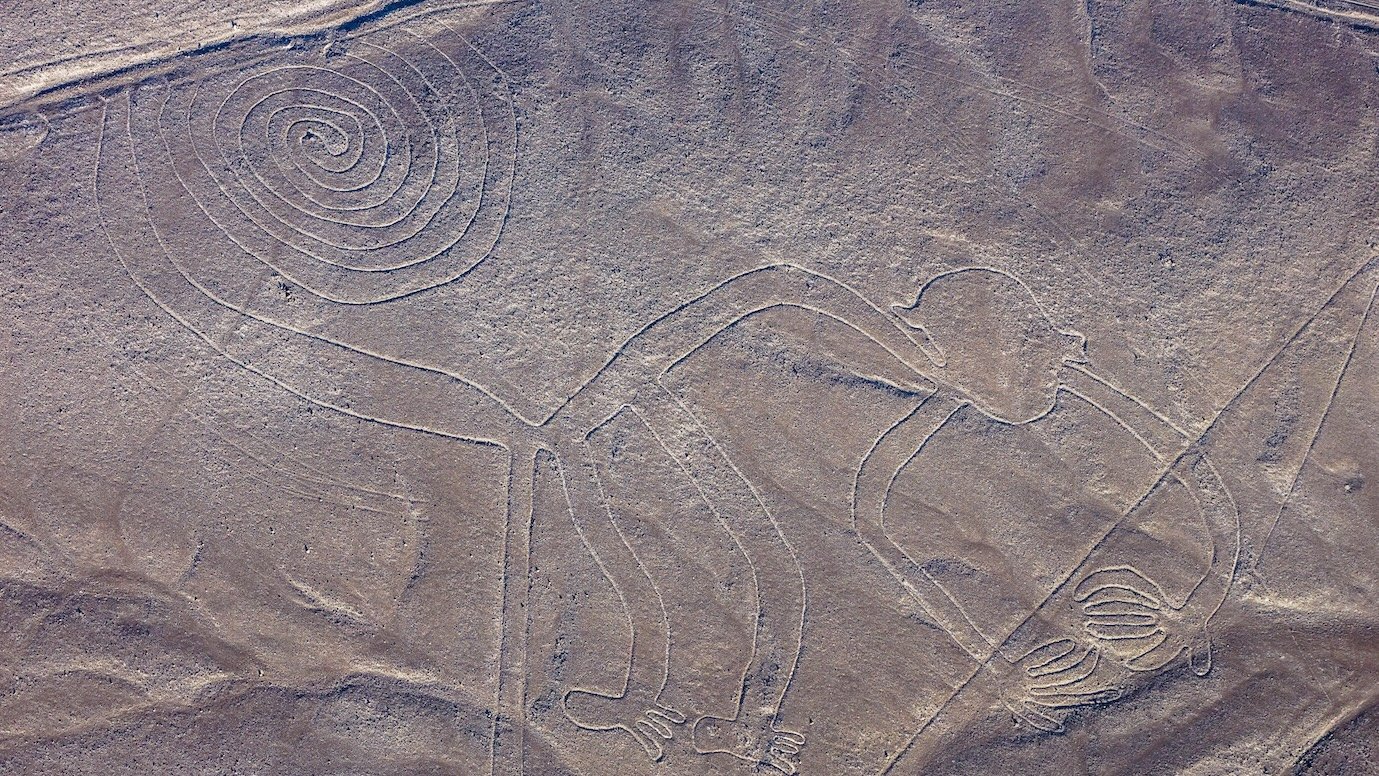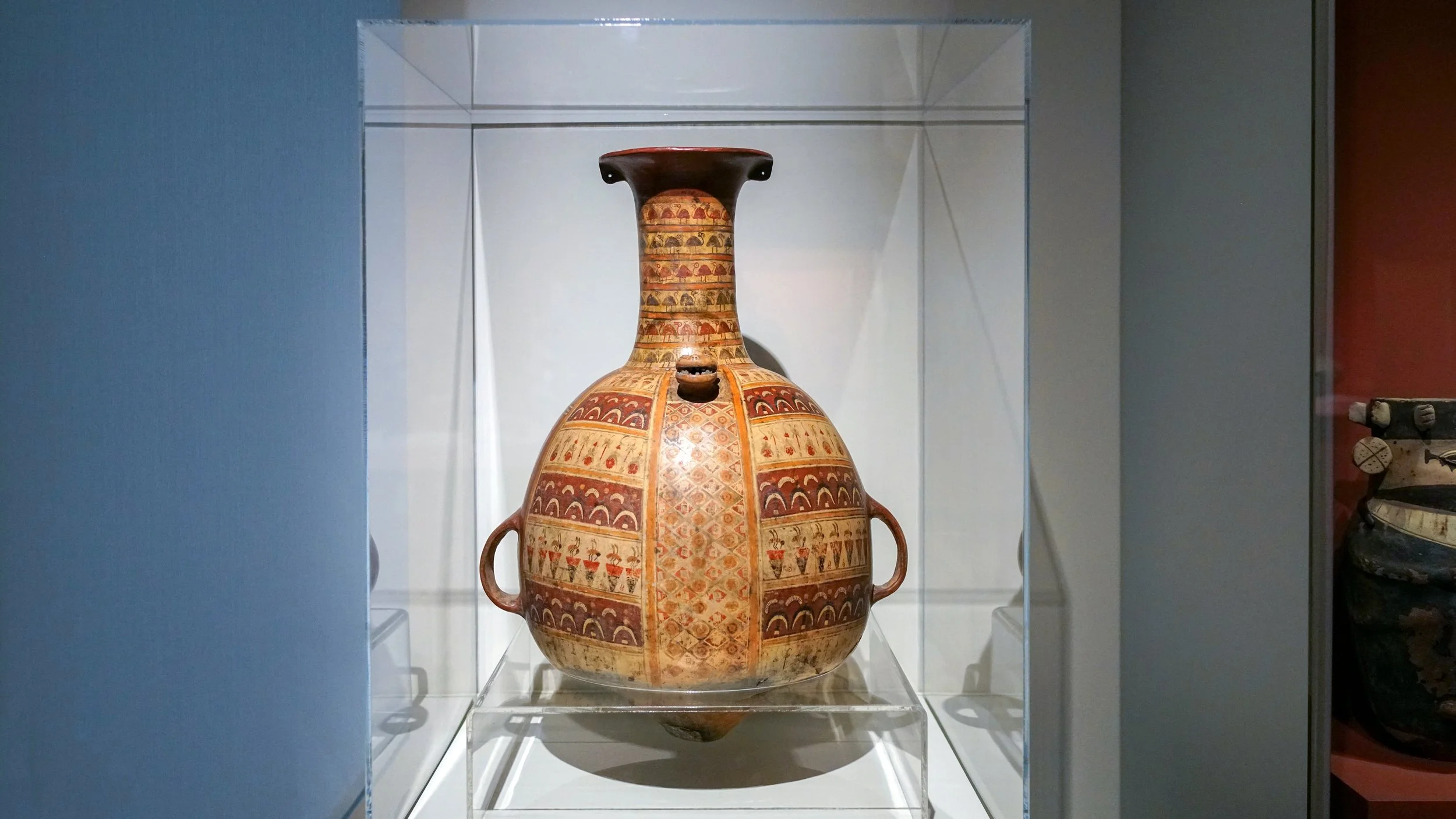
Ancient Andes
Monumental geoglyphs, ancient cities, beautiful textiles, and masterful stonework—dive into the history of the Ancient Andes
What is the Ancient Andes?
The ancient Andes refers to Indigenous societies that flourished in the region of the Andes Mountain range, including parts of Colombia, Ecuador, Peru, Bolivia, Chile, and Argentina
Early Andes
Get to know the vibrant ancient cultures that flourished in the early Andes during the prehistoric, Formative, and Early Horizon periods
The Prehistoric Period
Includes periods often referred to as the Lithic and Preceramic
VIDEO: Cueva de los Manos (Cave of the Hands) in Argentina
The Formative, Early Horizon, and Early Intermediate Periods
c. 1800 BCE–600 BCE
Many cultures, from Chavín to the Nazca, flourished during this time
Chavín
c. 1200–200 BCE
Chavín culture developed in the northern Andean highlands of Peru, and the site of Chavín de Huántar was an important pilgrimage destination
VIDEO: Chavín Staff God
Paracas
c. 700–200 BCE
Paracas culture thrived on the arid southern coast of Peru, where incredible textiles have survived in tombs
Nazca
c. 200 BCE–600 CE
Overlapping for a period with the earlier Paracas culture, Nazca likewise thrived on the arid southern coast of Peru where they produced colorful ceramics and the massive geoglyphs known as the Nazca Lines
VIDEO: What is a geoglyph?
VIDEO: Nazca Lines
VIDEO: What are double spout and bridge vessels? Nazca Ceramics
Later Andes (Middle Horizon, Late Intermediate, and Late Horizon)
c. 600–1534 CE
Get to know the cultures of later periods in the Andes during the Middle Horizon, Late Intermediate, and Late Horizon periods
Tiwanaku
Chimú
The Inka
The Inka (Inca) civilization had advanced engineering, monumental architecture at places like Machu Picchu, and sophisticated systems for agriculture and governance.
VIDEO: Inka Llama Figurines
VIDEO: Urpus
COMING SOON: Khipus (Quipus)
COMING SOON: Who is Atahualpa?
Related Resources
Explore Continents














